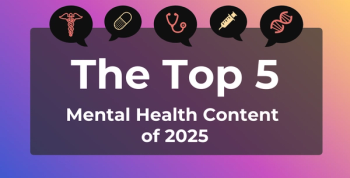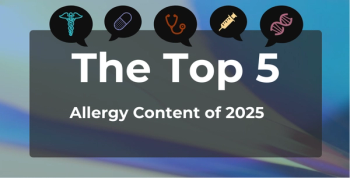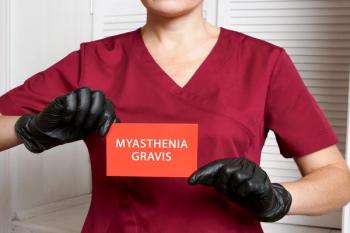
Dr Neil Gross: Cemiplimab Has Great Potential in cSCC
From comparing outcomes, it is known that cemiplimab has the potential to improve responses among patients who have cutaneous squamous cell carcinoma (cSCC), although many important questions remain, explained Neil D. Gross, MD, FACS, head and neck surgeon and director of clinical research in the Department of Head and Neck Surgery at The University of Texas MD Anderson Cancer Center
We know from comparing outcomes in the neoadjuvant setting with patients with advanced disease that cemiplimab has the potential to improve responses among patients who have cutaneous squamous cell carcinoma, as well as help them to avoid radiation in select cases; however, many important questions remain, such as which patients can safely avoid radiation or surgery, explained Neil D. Gross, MD, FACS, head and neck surgeon and director of clinical research in the Department of Head and Neck Surgery at The University of Texas MD Anderson Cancer Center
Transcript
Can you discuss potential advantages for cemiplimab in early-stage disease?
Applying immunotherapy to an earlier-stage setting I think has the possibility of just improving the responses. So, the smaller the tumor, the earlier stage of tumor, I suspect the better the responses. We know this just comparing the neoadjuvant trial to what we’ve seen in patients with advanced unresectable disease.
It does offer the potential for patients to avoid radiation in some cases. And I think in the future, there will be patients who can avoid surgery altogether, although I would caution that
So we still need either
What’s on the horizon for cemiplimab investigation?
It’s a very active time. There are lots of different thoughts about the next steps for this. There’s so many unanswered questions currently. We still don’t know the optimal number of neoadjuvant doses of immunotherapy. In the pilot trial, we used 2 doses. In the confirmatory trial, we used up to 4, with the hopes of extending or expanding the number of pathologic responses.
We don’t know which patients can safely avoid radiation therapy, and I think this could be an important question to answer in a cooperative group setting, perhaps. We don’t know which patients can avoid surgery or the extent that surgery can be reduced for patients who respond. This is another very, very important question.
Ultimately, we need to understand how this stacks up to standard-of-care treatment. This is only done in a phase 3 setting, and I think those studies are being contemplated right now and planned but I’m not aware of anything that’s ready to go.
The patient stories are just so powerful. Just meeting some of the patients who’ve gone through this treatment, they’re so grateful. They are some of the most grateful patients that I have. Just understanding the focus on improving of quality of life is just so important to patients.
We aim for cure, we expect to cure patients, but we really want to make patients whole on the back end as well, and this is just another tool in our armamentarium to help patients get through with the least amount of adverse effects long term.
Newsletter
Stay ahead of policy, cost, and value—subscribe to AJMC for expert insights at the intersection of clinical care and health economics.







































